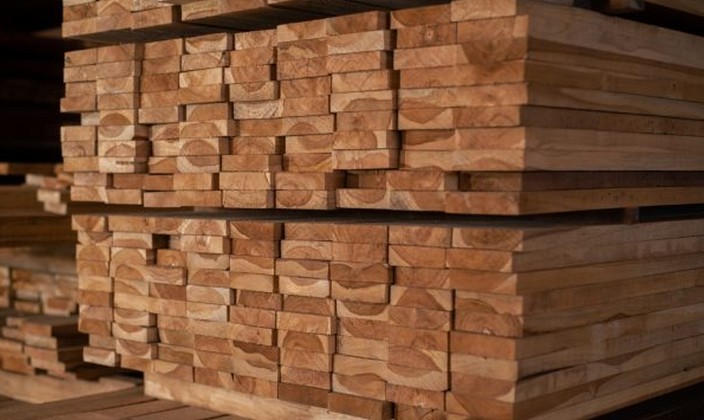Sawn wood from native forest species accounts for 0.73% of the total
The production of sawn wood in Chile has revealed figures that highlight the limited use of native species in the industry. According to the latest report from the Forestry Institute (Infor), out of the 6,886,851 cubic meters of sawn wood produced in 2023, only 50,574 cubic meters come from native forests, representing 0.73% of the national total.
This percentage marks a decrease compared to 2022, when native wood accounted for 0.83%. The declining trend in the use of native species has persisted over the last decade, reaching the lowest recorded levels this year.
On the other hand, exotic species, excluding radiata pine, represent 1.07% of production, while radiata pine overwhelmingly dominates the industry with 98.2% of the total sawn wood output.
These figures reflect the preference for radiata pine, an introduced and highly commercial species, at the expense of native species, whose presence in timber production remains marginal. The situation raises questions about the sustainability and conservation of Chile's native forests, as well as the diversification of the country's forestry industry.
Infor continues to monitor timber production and its trends to inform industry stakeholders, authorities, and the general public, aiming to promote practices that contribute to the sustainable development of the sector.

















